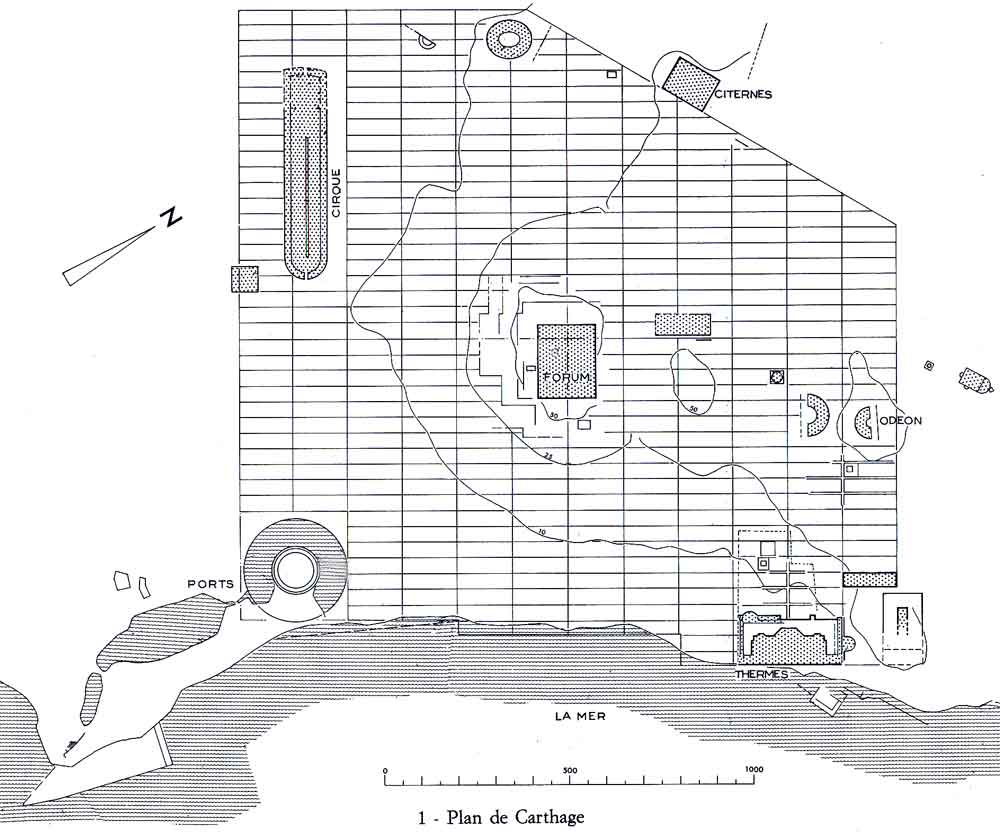|
Lilybaeum Stele
The Lilybaeum stele is a notable Phoenician gravestone stele found in Sicily and first published in 1882. The stele was published in the Corpus Inscriptionum Semiticarum, having been supplied to Renan by Count Francesco Hernandez di Carrera. It measures 0.37 x 0.22 m and is made from white calcareous stone. It was found in Marsala (Roman Lilybaeum), in an area known as ''il Timpone di S. Antonio''. It is currently in the Antonino Salinas Regional Archeological Museum in Palermo. Inscription The inscriptions is known as Kanaanäische und Aramäische Inschriften, KAI 63 and CIS I 138. It is a standard Punic votive inscriptions, Punic votive inscription, dedicated to Baal Hammon by Hanno, son of Adonbaal: Design The stele shows some important Phoenician religious symbols. These symbols include symbols of Tanit (Sign of Tanit) and Baal Hammon (a crescent and a disc), Caduceus, an incense burner and a Priest spreads his right hand up (a position related with the cult of Tanit), ... [...More Info...] [...Related Items...] OR: [Wikipedia] [Google] [Baidu] |
Carthago Exhibition - Stela With Cultic Scene & Votive Inscription (49340901392)
Roman Carthage was an important city in ancient Rome, located in Carthage (municipality), modern-day Tunisia. Approximately 100 years after the destruction of Ancient Carthage, Punic Carthage in 146 BC, a new city of the same name (Latin '':wikt:Carthago#Latin, Carthāgō'') was built on the same land by the Roman Republic, Romans in the period from 49 to 44 BC. By the 3rd century, Carthage had developed into one of the largest cities of the Roman Empire, with a population of several hundred thousand.Likely the fourth city in terms of population during the imperial period, following Rome, Alexandria and Antioch, in the 4th century also surpassed by Constantinople; also of comparable size were Ephesus, Smyrna and Pergamum. Stanley D. Brunn, Maureen Hays-Mitchell, Donald J. Zeigler (eds.), ''Cities of the World: World Regional Urban Development'', Rowman & Littlefield, 2012p. 27/ref> It was the center of the Roman province of Africa Province, Roman Empire, Africa, which was a major ... [...More Info...] [...Related Items...] OR: [Wikipedia] [Google] [Baidu] |
Caduceus
The caduceus (☤; ; , ) is the staff carried by Hermes in Greek mythology and consequently by Hermes Trismegistus in Greco-Egyptian mythology. The same staff was borne by other heralds like Iris (mythology), Iris, the messenger of Hera. The short staff is entwined by two serpent (mythology), serpents, sometimes surmounted by wings. In Roman iconography, it was depicted being carried in the left hand of Mercury (mythology), Mercury, the messenger of the gods. Some accounts assert that the oldest imagery of the caduceus is rooted in Mesopotamia with the Sumerian god Ningishzida; his symbol, a staff with two snakes intertwined around it, dates back to 4000 BC to 3000 BC. This iconography may have been a representation of two snakes copulating. As a symbol, it represents Hermes (or the Roman Mercury), and by extension trades, occupations, or undertakings associated with the god. In later Classical antiquity, Antiquity, the caduceus provided the basis for the astronomic ... [...More Info...] [...Related Items...] OR: [Wikipedia] [Google] [Baidu] |
Phoenician Steles
Phoenician may refer to: * Phoenicia, an ancient civilization * Phoenician alphabet **Phoenician (Unicode block) * Phoenicianism, a form of Lebanese nationalism * Phoenician language * List of Phoenician cities See also * Phoenix (mythology) * Phoenix (other) * Phoenicia (other) * {{disambiguation Language and nationality disambiguation pages ... [...More Info...] [...Related Items...] OR: [Wikipedia] [Google] [Baidu] |
